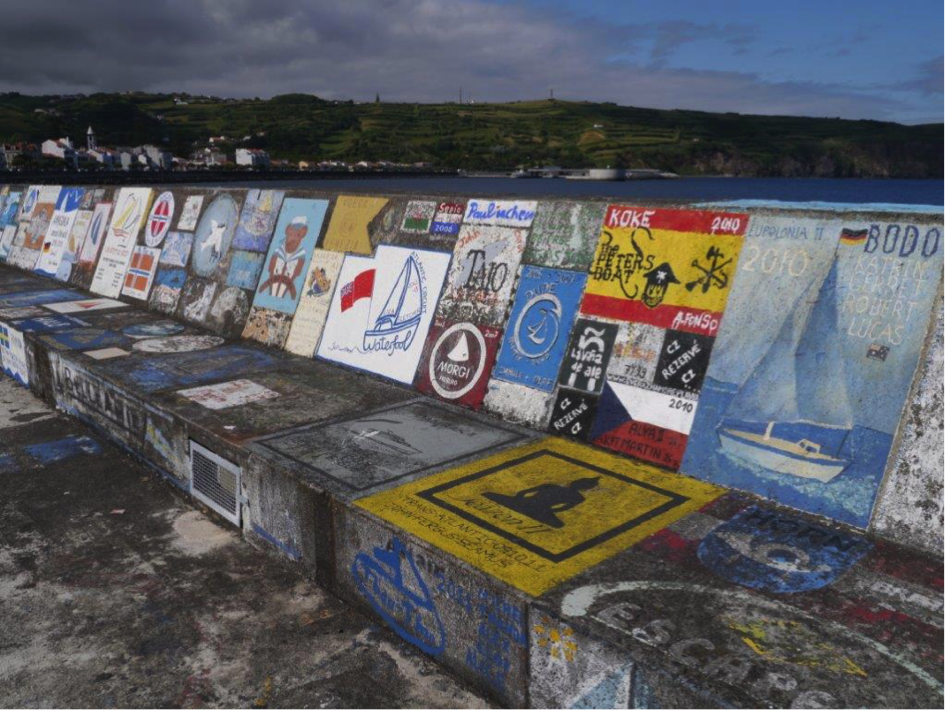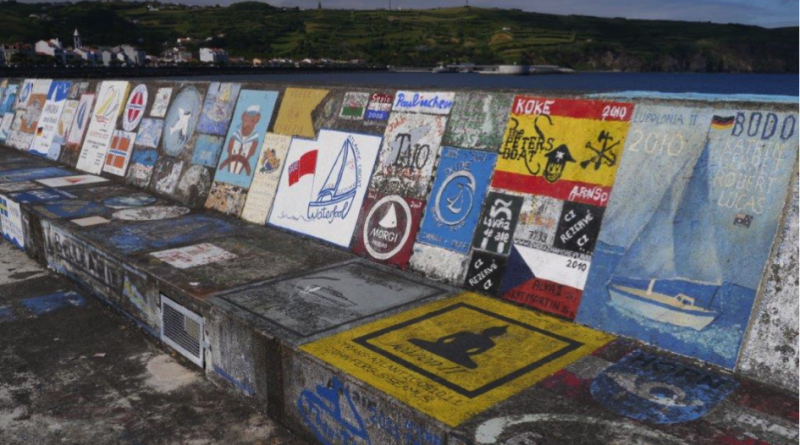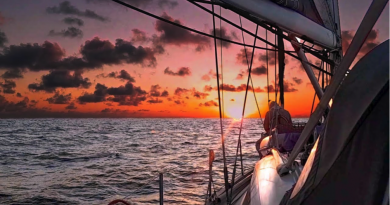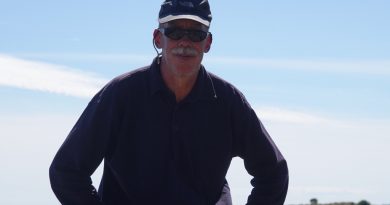RYA-tips #33 – Blue water sailing – bringing the boat home
Zeilen is een combinatie van wetenschap en kunst. En voor wie daar meer over wilt weten schrijft Albert De Nijs, instructeur bij de De Zeezeilers van Marken wekelijks een rubriek met tips&trics van de Royal Yachting Association.

April – May is normally the time to bring the boat back home after a Caribbean season. Every year around 1200 yachts cross the Atlantic the hard way, West to East. With transport to the islands limited due to Covid-19 pandemic, a lot of yachts are still in the Caribbean. The region around St. Martin – BVI (18N) is right in the hurricane belt, and the ‘official’ hurricane season starts the first of June, so time is running short.
On the outbound passage towards the Caribbean you pick up the NE trade-winds South of the Canaries with improving weather as you make your way across. The West to East transatlantic is rather more challenging, sailing into an area with less stable weather.
Returning from the windward islands, there are 2 options, either directly to the Azores, or via a stop at Bermuda. This last option breaks the long crossing, and gets you North of the trade-winds earlier. When you opt for the direct route, you can always bear away to Bermuda if weather dictates.
The first leg, from St Martin/BVI to Bermuda is due North, 800nm against the NE trades. That means 5-6 days of working to windward, quite a change after months of cruising and island hopping! On Bermuda you can rest, top-up on water, food and fuel, and plan/time the next part of the passage.
Bermuda to Horta (Azores) is around 1800nm. The optimum route depends on the location of the Bermuda – Azores High. To the North is the SW-airflow, with associated weather systems. This is downwind sailing, but with sometimes more wind then you would like. Most likely a few frontal systems will catch up with you. When sailing further South, you might run out of wind in the high-pressure band around 30N. Most cruisers cross around 32-33N, and only turn NE a few days out of the Azores (38N). Just monitor the path of the Lows and adjust your course looking for good fair winds. The Gulfstream is situated a bit too far North to be helpful. It also meanders quite a lot and eddies might lead to wind-against-current situations with possible rough seas.
The last part of the passage, from the Azores towards Europe, is around 1000nm to Northern Spain or 1400nm to the south of the UK. The first part the winds are favourable, but towards Spain and Portugal the winds tend to turn and blow from the North (Portuguese North). Cape Finisterre can be quite an obstacle with a northerly wind and south going current. Biscay is a challenge in itself, but a weather window from A Coruña to Brest needs only be a few days.
This transatlantic crossing is ocean sailing at its best, with sometimes challenging conditions and some upwind sailing thrown in. Arriving in Horta after crossing the Atlantic is very rewarding, and Peter’s café Sport is the place for a break (and a beer).
Prepare crew and yacht for heavy weather (proper rig check), dig out the staysail or stormjib and rig lines for a deep reef in the mainsail. Back-office support with weather routing might be a good idea for this transatlantic. Enjoy this West-to-East challenge!
Albert de Nijs, Dutch Offshore Sailing Academy




